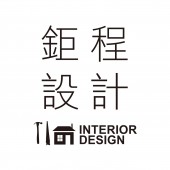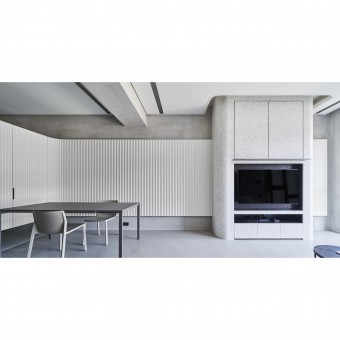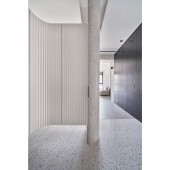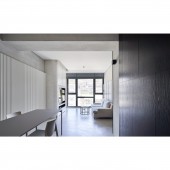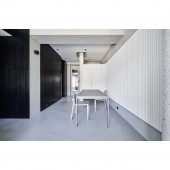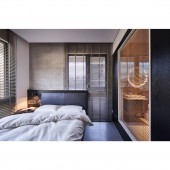DESIGN NAME:
Taipei C House
PRIMARY FUNCTION:
Residence
INSPIRATION:
Through thinking the picture of "home", the designers believe that not only its due functions, the home but also should be a place where clients can completely relax, tolerate, and restore their bodies and minds. In order to create such a healing sense, the team gets rid of the traditional design techniques that focus on form expression and style fabrication, and they concentrate entirely on the relationship between materials in the structure. With several cool-tone building materials, they outline a sense of volume in the interior.
UNIQUE PROPERTIES / PROJECT DESCRIPTION:
The design team adopts irregular design, breaking the stereotype of the square impression in the space. Also, they transform the interior into a forest image, and they merge with the concept of honeycomb and cave, echoing the work configuration with the natural ecological environment. Moreover, they adopt large glass windows so that the outside sceneries accompany the interior design, breaking the distance from nature.
OPERATION / FLOW / INTERACTION:
When entering the door, the entrance area surrounded by columns and corrugated steel sheet adds visual privacy from the exterior to the interior in terms of functions. The corrugated steel sheet shapes the curved facade, and with the integration of the cabinet, it creates a clean and traceless storage function. A large amount of stone in the space creates a feeling of enlargement due to the relatively cold texture. However, space may have a risk of excessive indifference. In view of this, the designers adopt arc lines in the exterior to balance the cold texture.
PROJECT DURATION AND LOCATION:
The project is finished in February 2020 in Beitou Dist., Taipei City, Taiwan.
FITS BEST INTO CATEGORY:
Interior Space and Exhibition Design
|
PRODUCTION / REALIZATION TECHNOLOGY:
The designers adopt terrazzo cylinders and laser-sculpted wave panels to create a post-modern and irregular space expression in the public sphere. They deliberately expose the beams and pillars directly in the room. The columns take good advantage of the terrazzo to shape the arc-shaped corners, and indirect lighting is made at the ceiling joints. With the cement polishing and the vision of the same tone and texture wall, the beams in the guest and dining room present interlacing geometric linear vision of polishing cement wavy board and black steel brush veneer in the public sphere.
SPECIFICATIONS / TECHNICAL PROPERTIES:
The floor area is about 92.5624 square meters. The layout includes an entrance, a dining room, living room, kitchen, and it has a master bedroom, a child bedroom, two bathrooms, and a study room.
TAGS:
Wabi-sabi design, post-modern style, simple style, curved surface, cylindrical design, special building materials
RESEARCH ABSTRACT:
The designers adopts terrazzo, laser cutting corrugated steel sheet and grayscale paint based on the spirit of the ancient Japanese culture "Wabi-Sabi";. Lots of terrazzo and cold color tones inject the philosophy of inaction into the enlarged sense of space. Compared with the light and white public spheres, the steel brush made of solid wood is adopted to spray paint. Both bedrooms continue the main design idea of the exterior, and more transparent lighting techniques and natural wood veneers are adopted to add a closer and better comfortable atmosphere in the bedrooms.
CHALLENGE:
The child is in early childhood development, so the designers need to set up facilities that children can have activities and can play in the space. Thus, the designers adopt stones to pave a consistent and continuous floor in interior and exterior, creating an unconfined field without obvious distinctions and corners. Moreover, they reserve the floor-to-ceiling windows of each bedroom, allowing natural light and the indoor structure to create an open and bright feeling.
ADDED DATE:
2020-09-16 09:08:35
TEAM MEMBERS (1) :
Chu-Cheng Chang, Pi-Chuan Pai
IMAGE CREDITS:
HEY! CHEESE, 2020.
|
